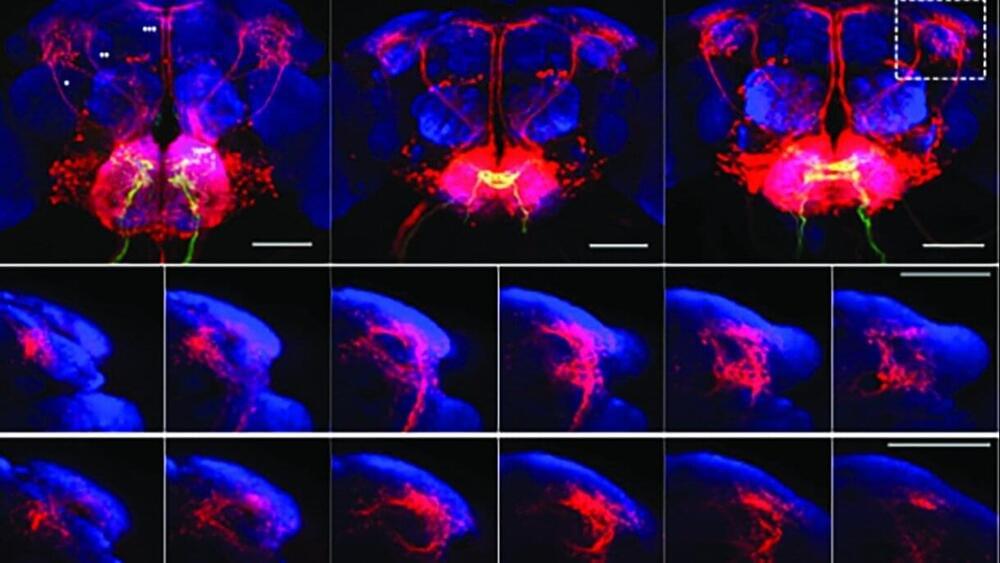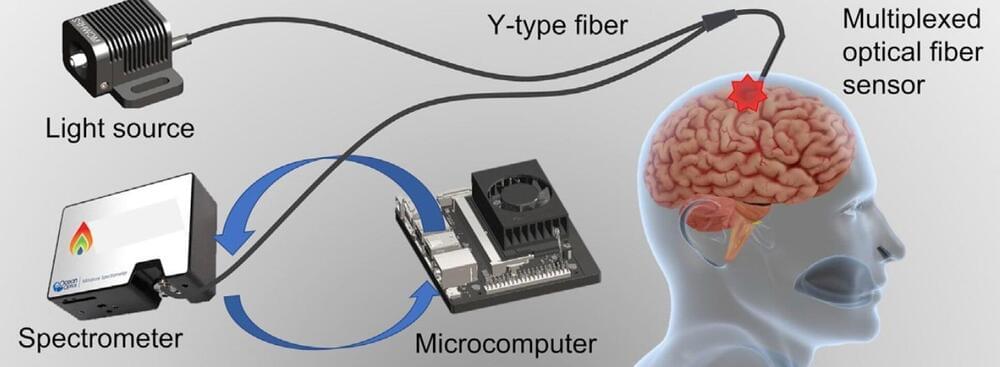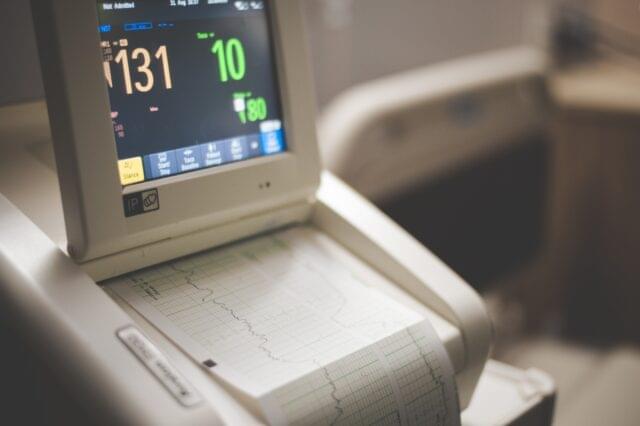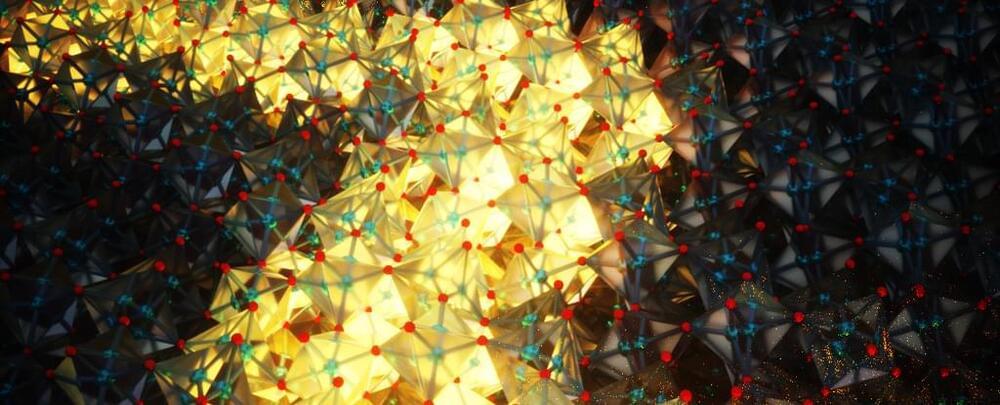Aug 22, 2022
How Mathematicians Make Sense of Chaos
Posted by Quinn Sena in categories: mathematics, space
In 1,885, King Oscar II of Sweden announced a public challenge consisting of four mathematical problems. The French polymath Henri Poincaré focused on one related to the motion of celestial bodies, the so-called n-body problem. Will our solar system continue its clocklike motion indefinitely, will the planets fly off into the void, or will they collapse into a fiery solar death?
Poincaré’s solution — which indicated that at least some systems, like the sun, Earth and moon, were stable — won the prestigious prize, and an accompanying article was printed for distribution in 1889. Unfortunately, his solution was incorrect.
Poincaré admitted his error and paid to have the copies of his solution destroyed (which cost more than the prize money). A month later, he submitted a corrected version. He now saw that even a system with only three bodies could behave too unpredictably — too chaotically — to be modeled. So began the field of dynamical systems.


















